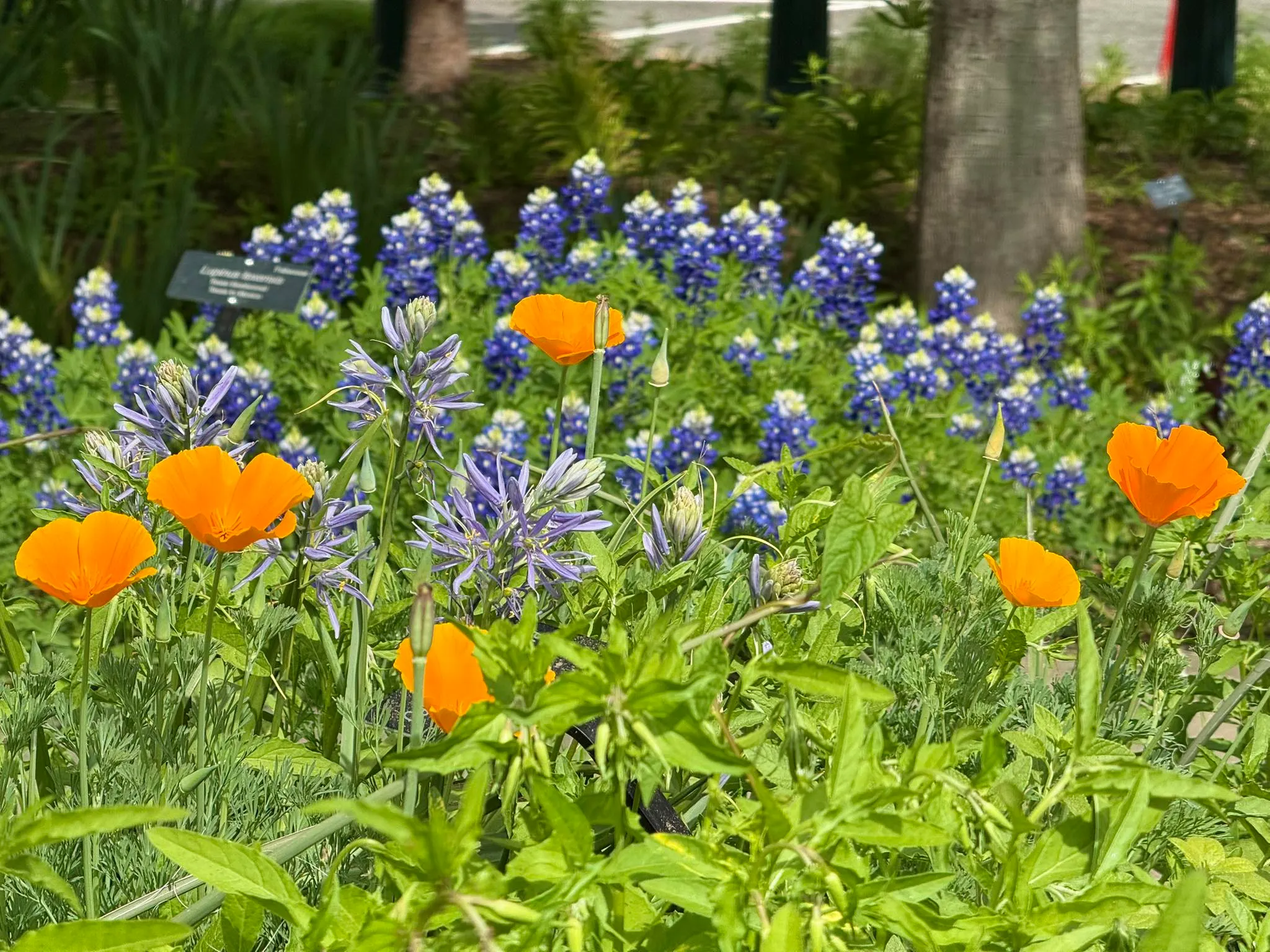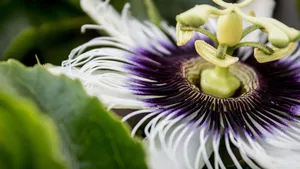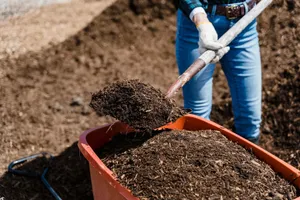The United States Botanic Garden (USBG) is a living museum founded by Congress in 1820 to fulfill George Washington’s vision of showcasing the importance of plants to the young nation. Today it remains free, open year-round, and packed with diverse collections that range from a towering rainforest canopy to delicate orchids and the famously pungent corpse flower.
Stroll the climate-controlled conservatory rooms, join an educational scavenger hunt, or relax on shaded benches overlooking the Capitol Reflecting Pool. Because the glasshouse stays warm and humid, plan your visit earlier in the day during summer months and bring water to stay comfortable. Whether you are a dedicated plant enthusiast or simply need a peaceful escape amid DC’s monuments and museums, the USBG offers a refreshing experience that highlights the beauty and value of the plant kingdom.



